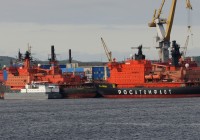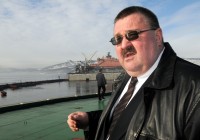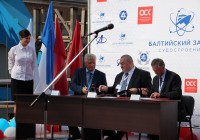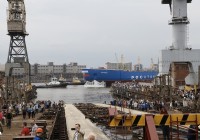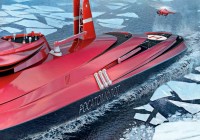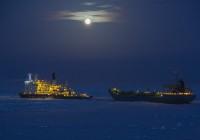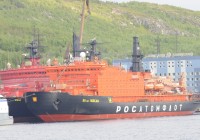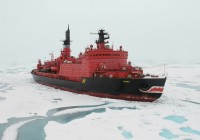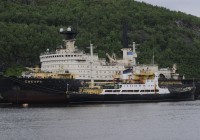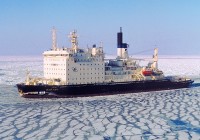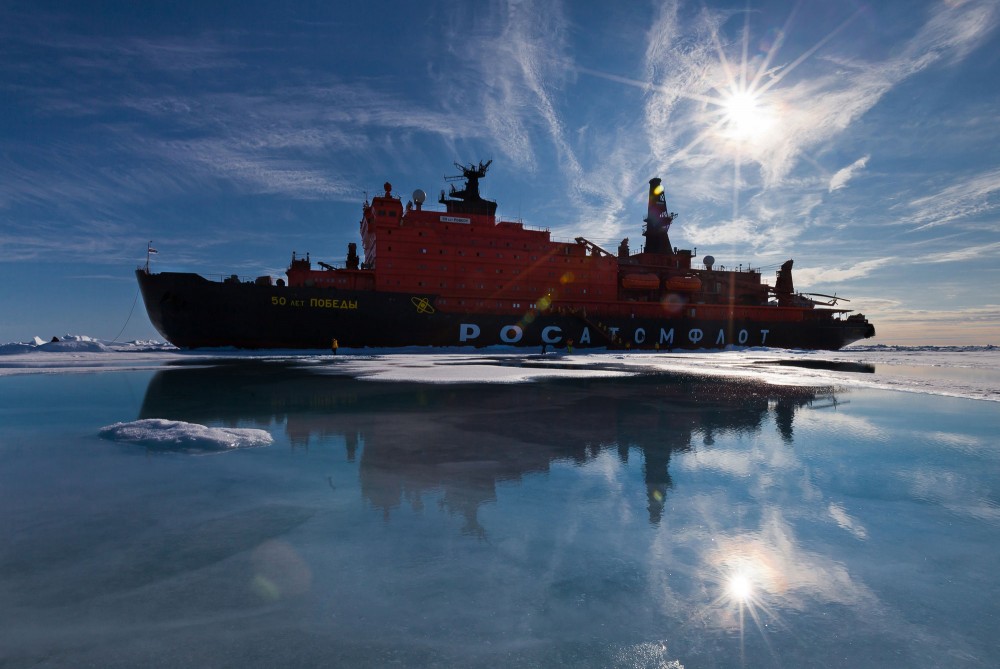
Anniversary voyage to North Pole bears testimony of a changing Arctic
ADVERTISEMENT
On 9th August 1977, Yuri Kuchiev set out from Murmansk with brand new nuclear-powered icebreaker «Arktika». The ship, which had been put on the water less than two years before, was the flagship in the new generation of Soviet icebreakers, and experienced Arctic seafarer Kochiev had been handpicked to captain the ship.
Less than eight days later, he reached the North Pole point.
Yuri Kuchiev had forever signed himself into the history books. The arrival to the North Pole point on 17th August 1977 was an achievement by many compared with the first space expediton of Yuri Gagarin.
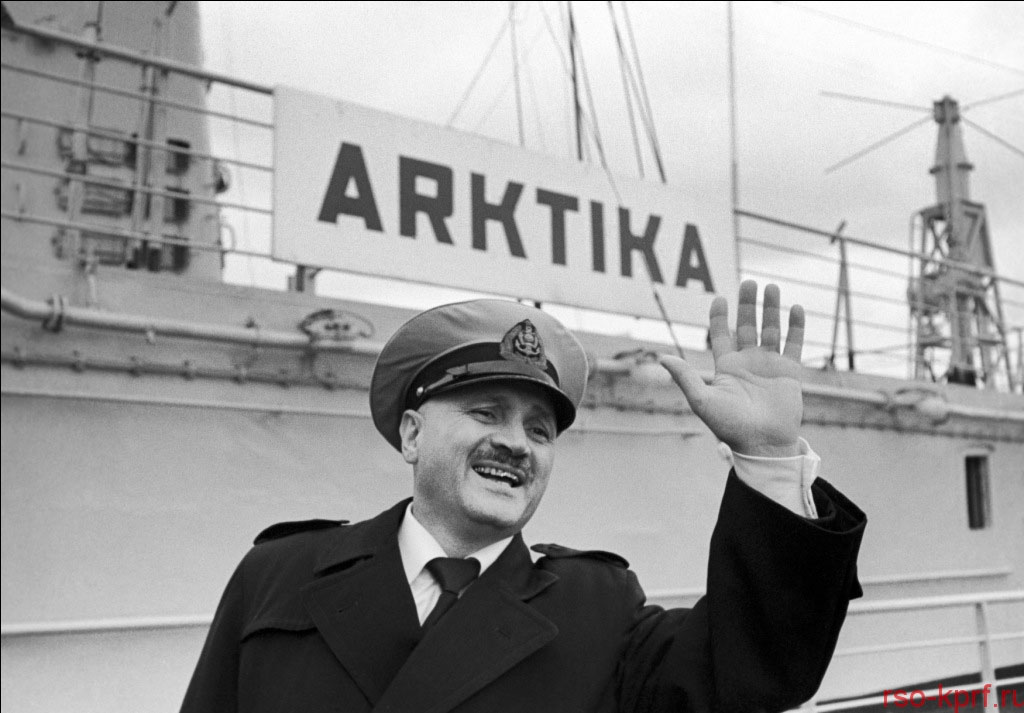
Forty years later, a top brass of Russian explorers, researchers and officials are on their way north to commemorate the historical expedition. Nuclear-powered icebreaker «50 Let Pobedy» on 13th August left Murmansk and is due to arrive on the North Pole on the 17th August, on the same day as Kuchiev. On board are representatives of nuclear power company Rosatom, members of the State Duma and the Federation Council, as well as polar veterans and partners of Rosatom, the company informs.
«This voyage has a dual objective», says Vyacheslav Ruksha, head of Rosatomflot, the subsidiary operating the fleet of nuclear icebreakers.
«We honor the legendary expedition of icebreaker «Arktika» and give gratitude to our veterans, and at the same time we demonstrate that today’s Russia, after forty years of successful work in the western part of the Arctic, is ready to take on global tasks such as providing year-round navigation on the Northern Sea Route».
ADVERTISEMENT
Ruksha announced the expedition in a speech delivered at the Polar Explorer Day in Moscow, May 22.
The expedition will have far easier sailing than Kuchiev and his men.
Ice data from the Russian Arctic and Antarctic Research Institute indicate that Ruksha and his his expedition members will encounter solid ice only after having passed the Franz Josef Land.
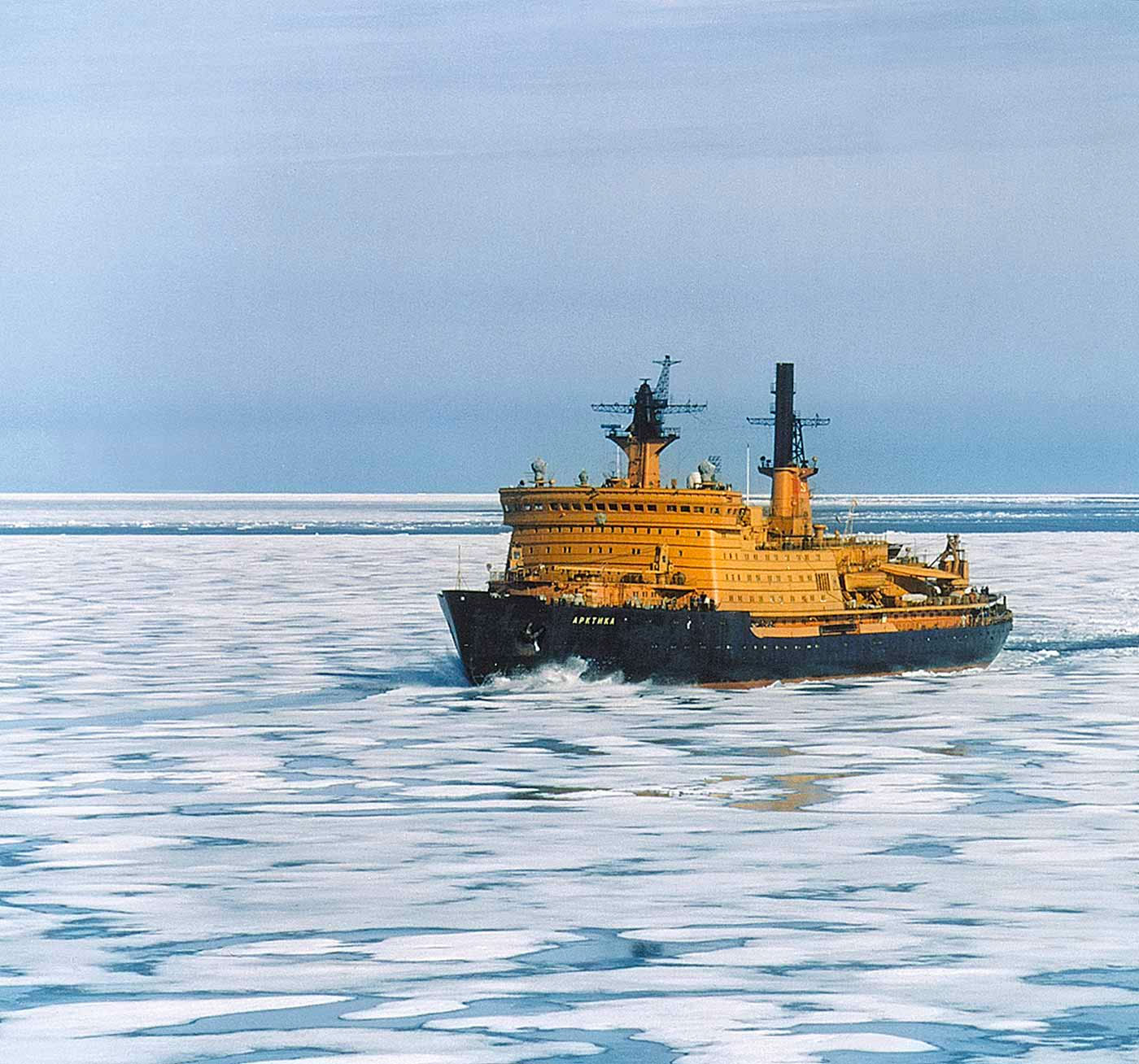
Ship officer Yury Blinov after the 1977 voyage recollected how the «Arktika» was in real danger of being trapped in the ice. There were numerous ice gorges and the ship was squeezed by giant icebergs, historial meterials about the expedition show.
«We did not exclude that the icebreaker would be locked up in the ice and it for some time would have to drift», Blinov said after the voyage. It could have been a dramatic development for the expedition. The country’s other nuclear-powered icebreaker, the «Lenin», would have been unable to make it to the rescue into the thick ice.
However, the 148 meter long, 75 thousand horsepower ship and its crew of more than 200 successfully made it to 90° North, where a memorial plate with the inscription of the Soviet state coat of arms was lowered to the sea bottom. Kuchiev also brought with him the flag pole from Georgy Sedov, the explorer who died on an Arctic expedition in 1914.
Kuchiev was later awarded with the order Hero of Socialist Labor and the icebreaker «Arktika» the order of the October Revolution.
Yuri Kuchiev worked as captain of the «Arktika» until year 1980. The icebreaker was taken out of service in 2008 and off the Russian ship register in 2012. It now awaiting a fate as scrap metal.
In 2008, a newly discovered island in Franz Josef Land was named after Kuchiev. The Island of Yuri Kuchiev is located in the southeastern part of the archipelago.
ADVERTISEMENT
The Barents Observer Newsletter
After confirming you're a real person, you can write your email below and we include you to the subscription list.



